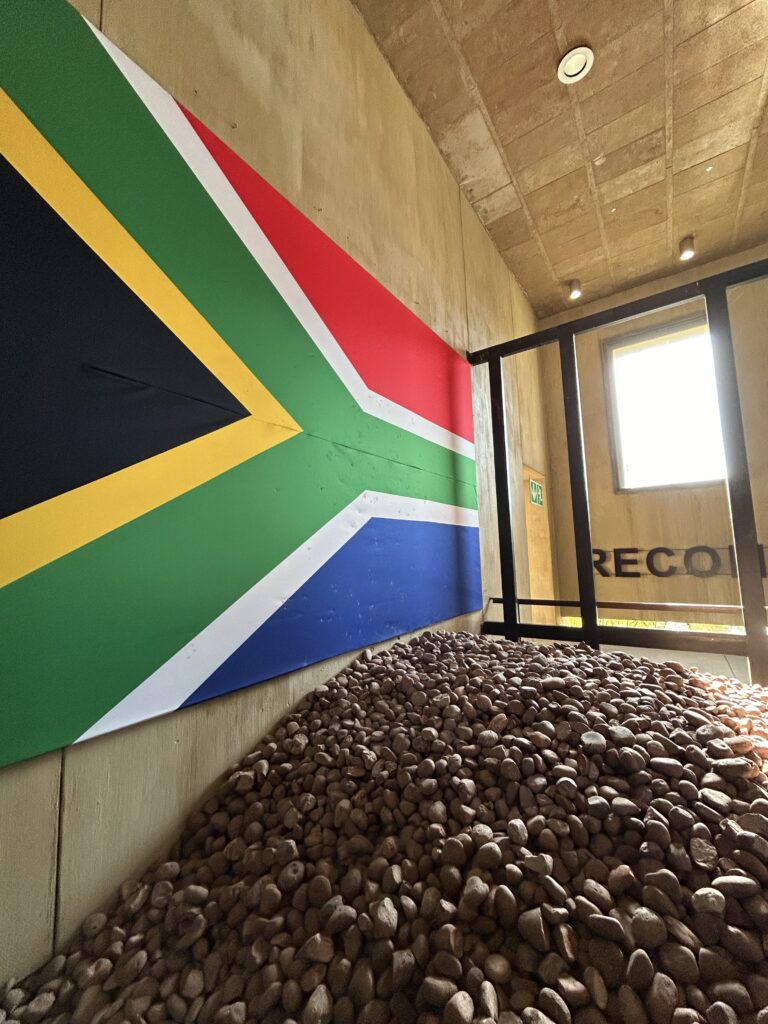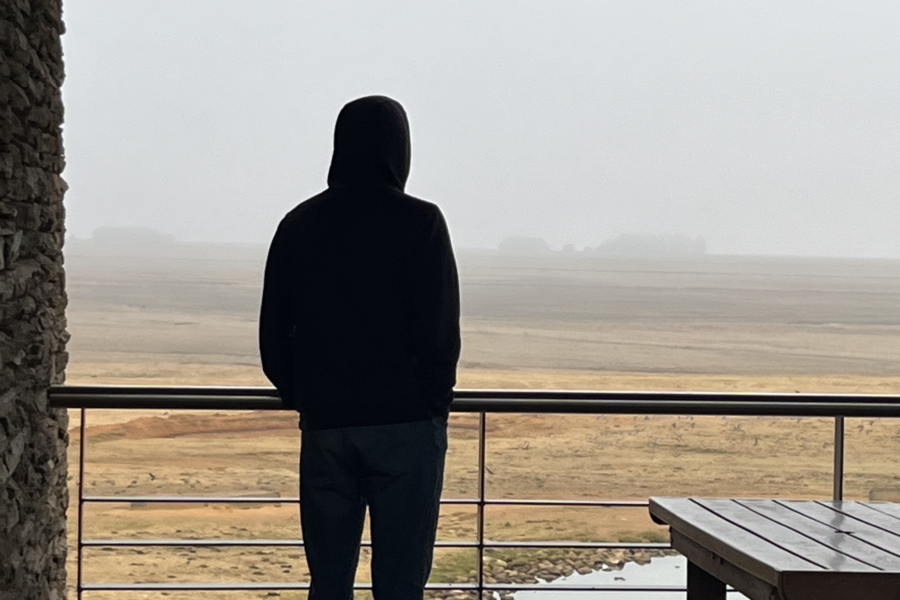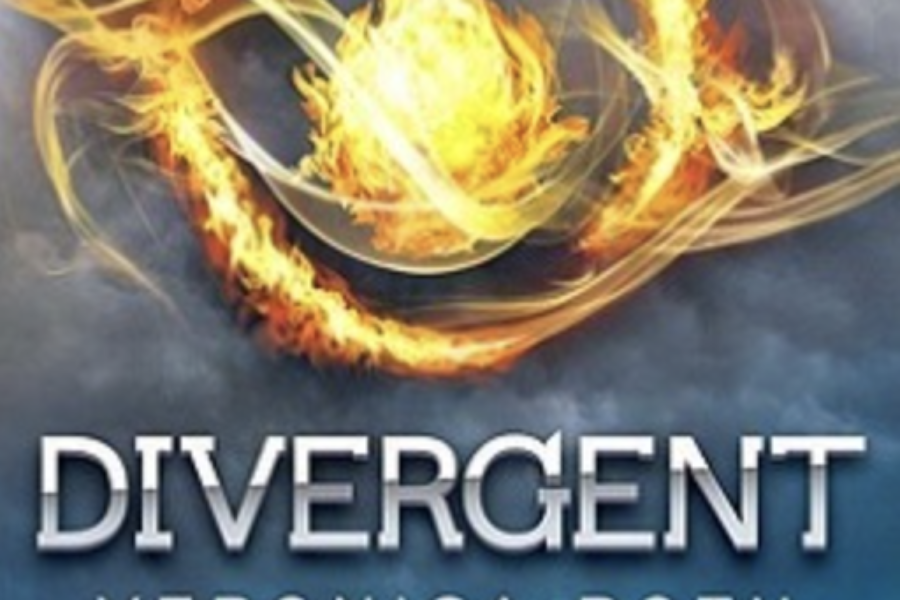I’m embarrassed to admit that I’ve always rushed through museums. But in the past few days, I immediately noticed how everyone in our group intentionally explored the museums we visited. This inspired me to similarly take my time and really treasure these experiences.
On that note, here are my reminders to my future self on exploring history museums and hopefully to anyone else who also struggles to make the most of their museum visit:
- Inspired by Emma, take notes! Do my notes make sense to anyone else? Probably not. But are they incredibly helpful in gathering my thoughts, even for this blog? Absolutely. When I was talking to my family about the museums, it was so helpful to have something to reference, even if it feels a tad embarrassing to be aggressively scribbling in the moment.
- You probably can’t see everything! I was definitely overwhelmed by the expansiveness of the Apartheid Museum (realizing I was only at the halfway point was a shock when I got there), but reading the general information and then looking for more details on topics that sparked my interest helped me maximize my time there. Nonetheless, I know I still missed plenty of details and would love to revisit.
- Appreciate the physical design and general space of the museum. I’ve never really critically thought about how intentional museums curators are in designing exhibits and how this impacts a visitor’s experience. But in the museums we visited in the past few days, every design choice had a reason. For example, I liked how different lighting was used throughout the Apartheid Museum to convey the struggle for freedom and liberation – there were more windows and brighter lighting as the museum approached the end of the apartheid.

4. Talk about your experiences with others. While I’m glad I mostly explored the museums independently, allowing me to really sit with the information, there were so many details I didn’t notice that others did. It was so cool to regroup and hear what others took away.
5. Honor the humanity of individuals reduced to figures or symbols. From walking through the Mandela family home to hearing the experiences of Hector Pieterson’s sister, it was clear that these museums sought to humanize the individuals important to South Africa’s history. In my opinion, paying attention to these personal experiences helps destroy the harmful illusion that people in history exist in a singular way, serving a movement or goal. Rather, they had families and lives outside of what they have been reduced to. I think this is a valuable reminder for how we approach any individual’s story, whether in history or even global health, where people can be reduced to statistics.
6. Consider biases and how different perspectives are represented. For example, it was fascinating to see the differing accounts of the Soweto Uprising and how they were represented in the Hector Pieterson Museum. I think it’s important to be cognizant of how perspectives, politics, and power dynamics influence how we record history.
7. Listen to voices alongside exploring the museums. Some of my favorite moments in the past few days have been meeting and hearing the narratives from our tour guides, like Danny, who simultaneously unfolded the history of the Regina Mundi Church and relentlessly called out our group (I, too, was not thinking of the right Madonna) or Lwando, who was one of the best storytellers I’ve had the privilege of listening to.

This might sound dramatic, but I really do feel like I have a new outlook and appreciation for museums. Rather than solely viewing them as a home for relics and “ancient” knowledge, they can instead offer a connection to the past and a means of effective storytelling, whether in their physical design or the ideas held within. The order of our excursions this week helped me process how physical spaces and sites of historical significance can be transformed for these educative, creative, and commemorative goals. I even thought that some of the spaces we visited that were not traditional “museums,” like the Regina Mundi Church, still functioned in a similar role, standing as a reminder of the past and an emblem of progress. Lwando mentioned on our tour of Constitutional Hill that former Justice Albie Sachs developed the philosophy of “soft vengeance.” To me, the reclaiming of museum spaces in order to actualize progress without forgetting the past feels like the ultimate form of soft vengeance.








